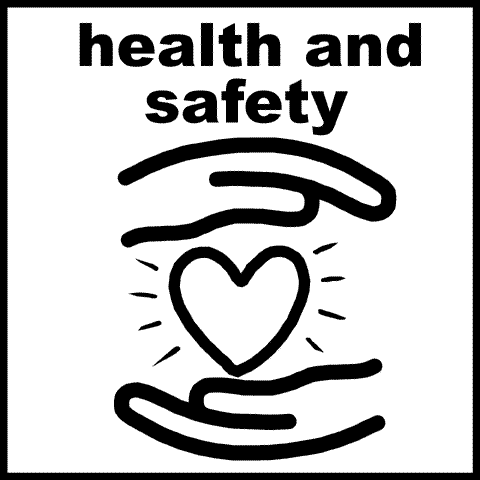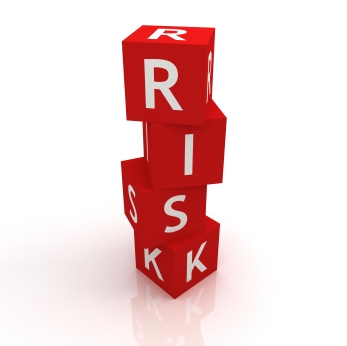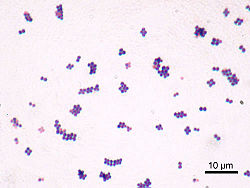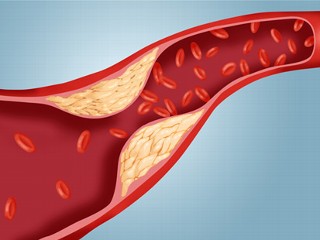 Coronary heart disease (CHD) is the leading cause of death in the United States for men and women.
Coronary heart disease (CHD) is the leading cause of death in the United States for men and women.
Coronary heart disease is caused by the buildup of plaque in the arteries to your heart. This may also be called hardening of the arteries.
Fatty material and other substances form a plaque build-up on the walls of your coronary arteries. The coronary arteries bring blood and oxygen to your heart.
This buildup causes the arteries to get narrow.
As a result, blood flow to the heart can slow down or stop.
A risk factor for heart disease is something that increases your chance of getting it. You cannot change some risk factors for heart disease, but others you can change.
The risk factors for heart disease that you CANNOT change are:
- Your age. The risk of heart disease increases with age.
- Your gender. Men have a higher risk of getting heart disease than women who are still getting their menstrual period. After menopause, the risk for women is closer to the risk for men. See: Heart disease and women
- Your genes. If your parents or other close relatives had heart disease, you are at higher risk.
- Your race. African Americans, Mexican Americans, American Indians, Hawaiians, and some Asian Americans also have a higher risk for heart problems.
Many things increase your risk for heart disease:
- Diabetes is a strong risk factor for heart disease.
- High blood pressure increases your risks of heart disease and heart failure.
- Extra cholesterol in your blood builds up inside the walls of your heart’s arteries (blood vessels).
- Smokers have a much higher risk of heart disease.
- Chronic kidney disease can increase your risk.
- People with narrowed arteries in another part of the body (examples are stroke and poor blood flow to the legs) are more likely to have heart disease.
- Substance abuse (such as cocaine)
- Being overweight
- Not getting enough exercise, and feeling depressed or having excess stress are other risk factors.
via Coronary heart disease – PubMed Health.
 In addition to their social costs, workplace injuries and illnesses have a major impact on an employer’s bottom line. It has been estimated that employers pay almost $1 billion per week for direct workers’ compensation costs alone. The costs of workplace injuries and illnesses include direct and indirect costs. Direct costs include workers’ compensation payments, medical expenses, and costs for legal services. Examples of indirect costs include training replacement employees, accident investigation and implementation of corrective measures, lost productivity, repairs of damaged equipment and property, and costs associated with lower employee morale and absenteeism.
In addition to their social costs, workplace injuries and illnesses have a major impact on an employer’s bottom line. It has been estimated that employers pay almost $1 billion per week for direct workers’ compensation costs alone. The costs of workplace injuries and illnesses include direct and indirect costs. Direct costs include workers’ compensation payments, medical expenses, and costs for legal services. Examples of indirect costs include training replacement employees, accident investigation and implementation of corrective measures, lost productivity, repairs of damaged equipment and property, and costs associated with lower employee morale and absenteeism.








